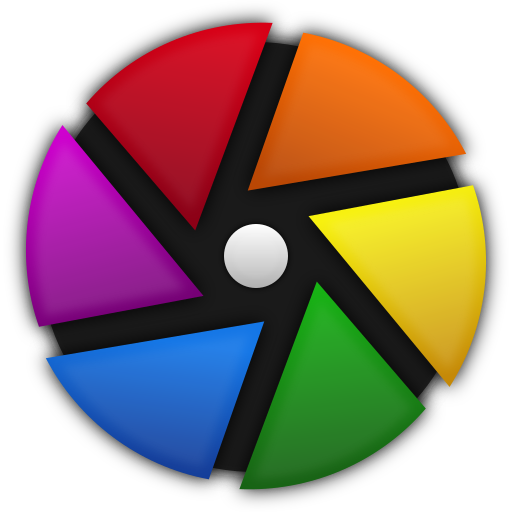Glen Barrington
Forum Pro
Moving to Mac mini m4 from Windows! Me and Microsoft just aren't headed in the same direction.
I'm casting about, looking for possible replacements for my Windows photo software, and On1s Mac version SOUNDS like a strong contender. However, in doing research, I've encountered many Youtube videos that claim On1 was the greatest photo software ever written. Color me cynical, so l started looking for some negative reviews
I encountered a somewhat negative review where the reviewer claims On1 has a really bad demosaicing algorithm, resulting in compromised output since proper demosaicing is the foundation for all subsequent actions. He recommended DXO Photo Lab 8.
Can anyone confirm or refute this position with some authority?
I'm casting about, looking for possible replacements for my Windows photo software, and On1s Mac version SOUNDS like a strong contender. However, in doing research, I've encountered many Youtube videos that claim On1 was the greatest photo software ever written. Color me cynical, so l started looking for some negative reviews
I encountered a somewhat negative review where the reviewer claims On1 has a really bad demosaicing algorithm, resulting in compromised output since proper demosaicing is the foundation for all subsequent actions. He recommended DXO Photo Lab 8.
Can anyone confirm or refute this position with some authority?



